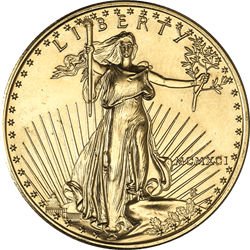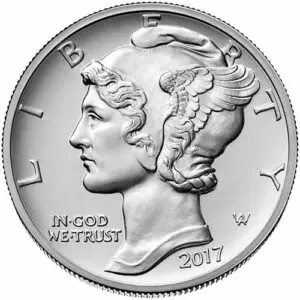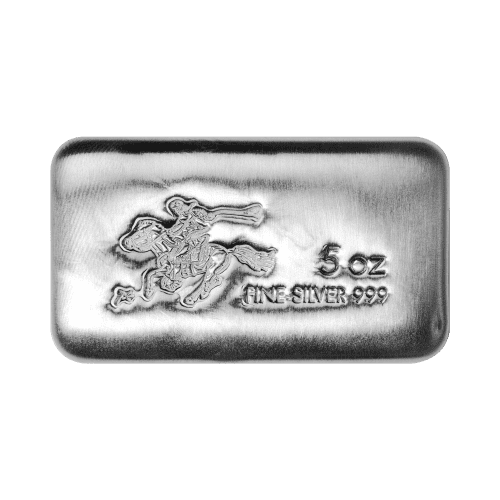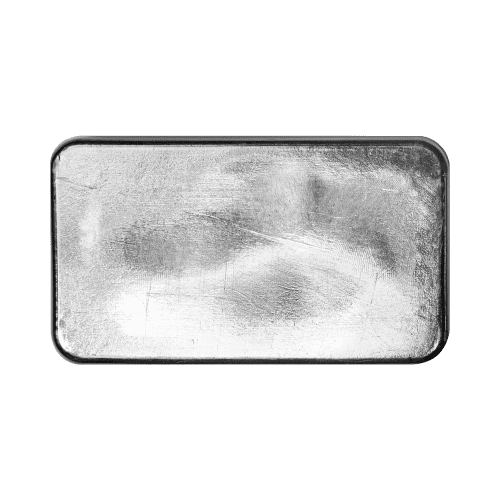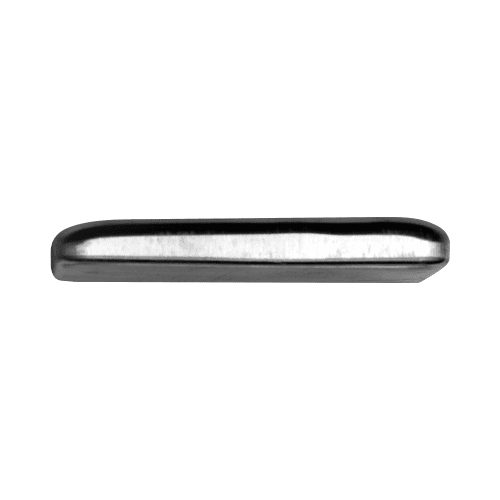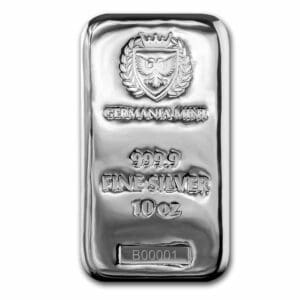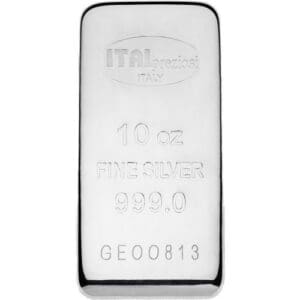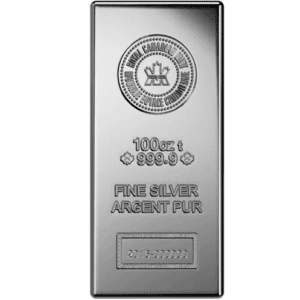Description
ABOUT THE SILVERTOWNE MINT
The SilverTowne Mint has become well known for producing high quality, affordable, bullion products with exceptional purity standards. SilverTowne specializes in custom minting and offers a wide range of designs. Originally starting as a small antique and coin shop, SilverTowne has grown to become one of the largest private mints in North America.
The Pony Express operated in the United States from April 1860 until October 1861. They decreased the shipping time for mail across the US from months aboard a ship or a 25-day stagecoach ride to an average of just 10 days. This was accomplished by setting up relief camps across the frontier that lone horsemen would ride between and relay mail across what is now Missouri, Kansas, Nebraska, Colorado, Wyoming, Utah, Nevada and California. Although it brought a significant decrease in delivery time, it was unsustainable financially and unavailable to the general public due to its high costs. Along the route, riders switched horses and transferred mail between each other across 190 relief stations. Although expensive and unsustainable, the Pony Express was rendered obsolete when the transcontinental telegraph was completed less than 2 years from its inception.
The reverse side features unique design elements, with a depiction of a left profile relief pony express rider galloping on his horse to relay mail from the Eastern United States region to the American West. It also features the mint mark and metal weight, purity and type.
The obverse side features a natural blank surface of a traditional cast silver bar.
Cast silver bars are characterized by having a more natural raw metal appearance and distinct details unique to each bar. Despite the rustic appearance, the metal content and purity of the bar remain the same and do not impact the metal value in any way. The process behind manufacturing cast silver bars involves pouring molten silver into a pre-made mold and they are typically stamped with inscriptions or designs on at least one of the faces (reverse or obverse) after it has cooled down.



